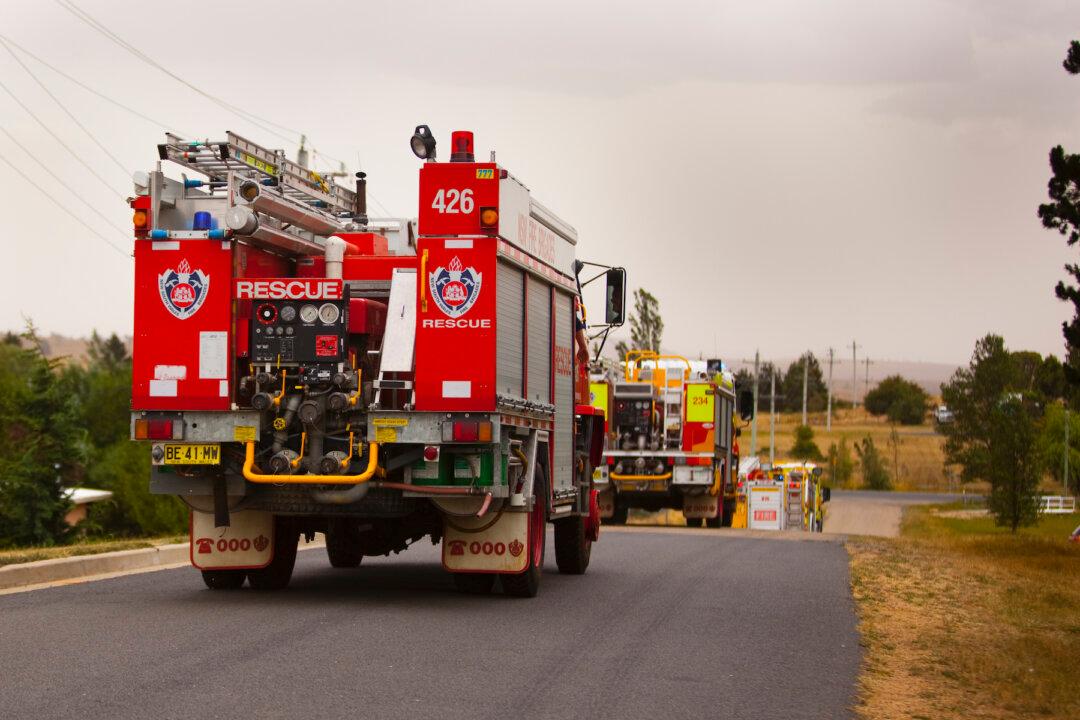The United States has so far dispatched some 100 firefighters who gave up their holidays at home to help combat blazes in Australia as its most populous state of New South Wales (NSW) declared a third state of emergency of the bushfire season.
Ahead of re-elevated fire risk over the weekend, the National Interagency Fire Center announced it would, on Jan. 6, dispatch a further 50 to 60 firefighters on top of the 100 firefighters which have been sent to the country—including some California firefighters—over the last four weeks.





